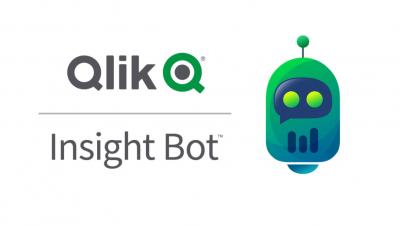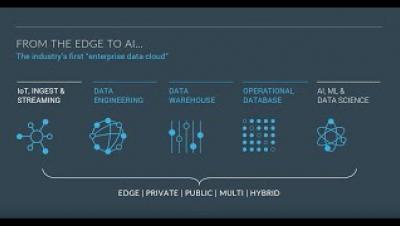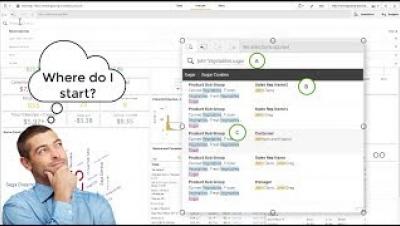Systems | Development | Analytics | API | Testing
BI
Key Considerations for Converting Legacy ETL to Modern ETL - Part II
Let me start by thanking all those who read the first part of our blog series on converting legacy ETL to modern ETL! Before I begin the second part of this three-blog series, let’s recap the three key aspects under consideration for converting from legacy ETL to modern ETL.
"His hands can't hit what his eyes can't see"
There’s recently been an important debate taking place on LinkedIn around the topic of relational databases, joins and how that impacts a user’s experience with analytics.
Talend increases its investments in Research & Development in Nantes
Almost three years ago today, to the day, Talend opened its fourth global research and development center, and its second one in France, in Nantes. It was clear to Talend from the very beginning of this new innovation center that it would not be a simple satellite of existing centers, but a key element in our strategy and overall R&D efforts.
Yellowfin's roadmap: automated analytics, mobile, and data interpretation
As analytics software vendors, we need to do something profoundly different to improve how business users access, consume, and interact with data.
Yellowfin's product roadmap: automated analytics, mobile, and data interpretation
Edge Data Management Solutions for Internet of Things (IoT)
Edge2AI using Cloudera's Enterprise Data Cloud
Global Smart Search - Part of the Associative Difference
Data Matching and Combinations Using Large Data Sets
When doing data matching with large sets of data, consideration should be given to the combinations that can be generated, and it’s associated effects on performance. This has an effect when using Talend’s Data Integration Matching and Data Quality components. Matching routines do not scale in a linear fashion.









